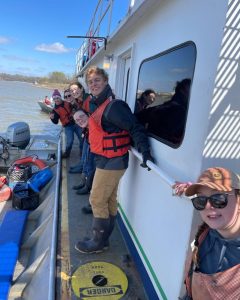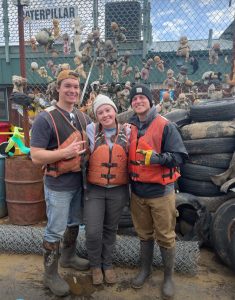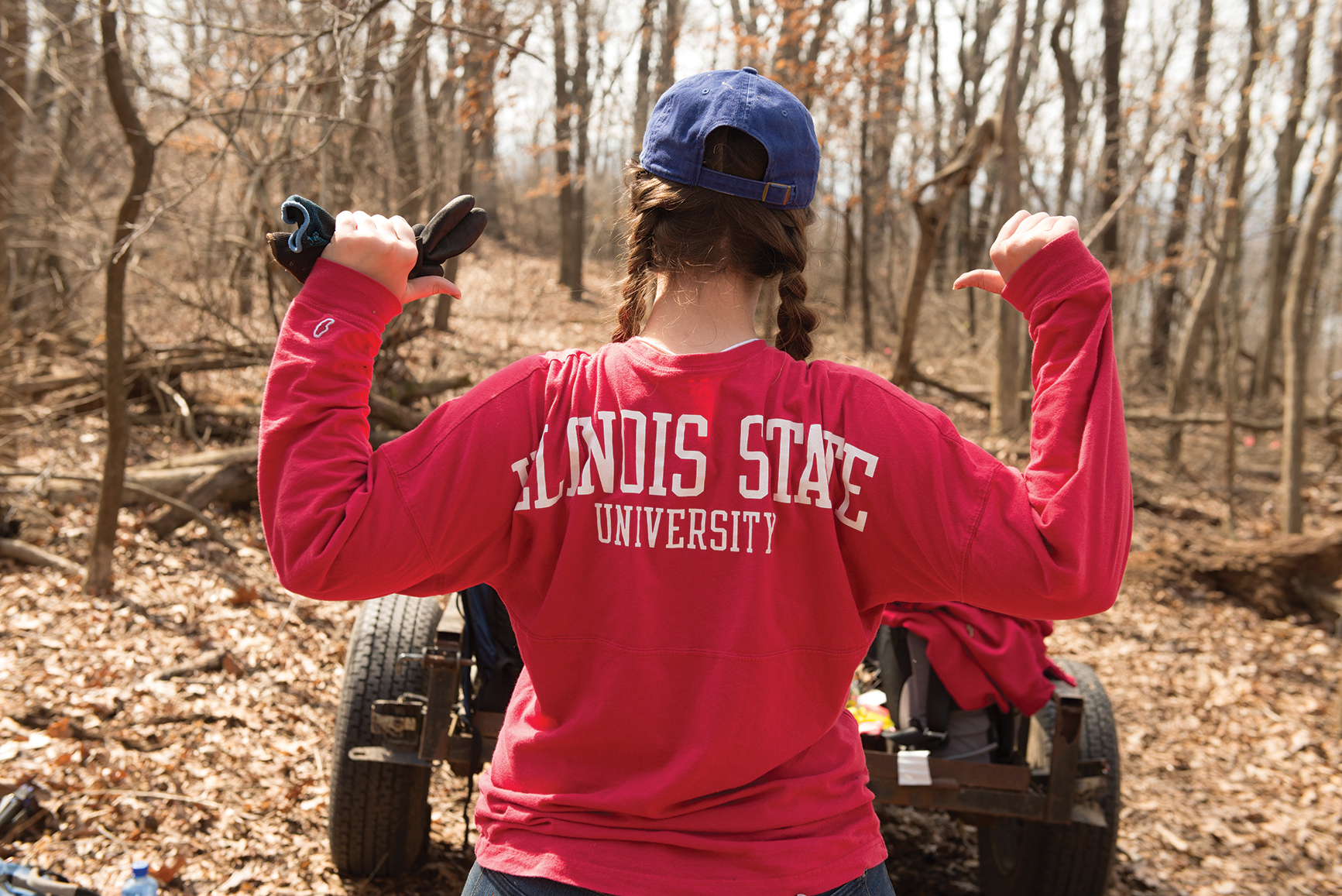I spent four days of my spring break picking up trash in a life jacket and rubber boots. It was one of the best experiences of my life.
Travel can be tiring. It does not matter what your destination is or what kind of scenery you run into on the way, fatigue from road travel can feel a bit unavoidable. I rode through the snow-capped mountains of Montana a few years ago on my way out to Wyoming. On either side of me were breathtaking peaks, but after nine hours of driving through the same state, even the breathtaking can start to feel mundane.

There are no snow-capped mountains on the way to Memphis. I-55 is a fine interstate that serves millions of people, but by the time you reach the end of your road trip, chances are high that you will be ready to eat, stretch your legs, or sleep. I was excited about all three, but it didn’t take long after I got off the bus to be rejuvenated by the infectious energy of Chad Pregracke and the rest of the one-of-a-kind crew that make up Living Lands and Waters.
Pregracke started Living Lands and Waters in 1998 when he was just 23 years old, setting out on his boat as he worked to clean up America’s rivers one piece of trash at a time. Twenty-five years later, with the help of over 100,000 volunteers, Living Lands and Waters has removed more than 13 million pounds of trash from some of this country’s most vital waterways. That includes the mighty Mississippi River, which flows for 2,350 miles. It supplies drinking water for more than 18 million people in the central United States, according to a study from the Upper Mississippi River Basin Committee.
I had the privilege of leading that trip down I-55 with about 20 other Illinois State students through the Center for Civic Engagement’s Alternative Breaks program to assist Pregracke and his team in their mission.
Each day began with a meeting at 9 a.m. sharp at a small loading dock just outside of Memphis. Our Illinois State team and volunteers from schools in Wisconsin, Texas, and Colorado were greeted by the Living Lands crew every morning with smiles, music, and positivity. After a short pep talk, we embarked onto small, motorized boats, trash bags in hand, ready to get our hands dirty with the work that Pregracke has made his life’s effort.
Four days of this routine left me tired and sore, but more than anything, fulfilled and happy to have had the opportunity to be a small cog in a big wheel, contributing to a cause far greater than myself.

Over those four days, we managed to remove over 40,000 pounds of trash, including glass containers, plastic water bottles, paper cups and a seemingly endless amount of Styrofoam. The Styrofoam was particularly difficult to deal with because when you try to pick it up, it breaks up into many small pieces. There were also unique finds like baby dolls, tricycles, and action figures.
However, a new perspective on the impact of wastefulness might have been the most significant thing we brought from the river. Emily Drew, one of my fellow trip leaders, echoed this sentiment.
“Since being back I do try to be more sustainable,” Drew said. “I feel as though I’m much more conscious about the impact of my actions on the environment.”
In the weeks leading up to this trip, I had hoped for an opportunity to unplug from my everyday life and connect with the land and resources I take for granted. That desire was certainly fulfilled. What I did not expect was to find my place in a community of some of the kindest people I could ever have the privilege of knowing.
I did not know Camden Woodward, but after becoming fast friends with the fellow Illinois State junior while in Memphis, that is hard for me to believe. He had a similar takeaway regarding the community formed within our group.
“I came in not knowing anyone and not really knowing what to expect,” said Woodward, who after his first Alternative Breaks trip is excited for more. “I met a lot of great people and made a couple of close friends along the way.”
Being a junior at Illinois State, the only regret I have about participating in Alternative Breaks is that I didn’t begin sooner. I was surprised when Harriett Steinbach, assistant director of the Center for Civic Engagement, asked me to be one of the leaders on the trip. I had never even participated in a trip, but I took the jump and agreed to lead.
I will look back on that as one of the best decisions I made during college. It was truly an honor to immerse myself in this project with so many wonderful, caring people by my side. If you have ever even slightly entertained the thought of taking a trip like this, I sincerely hope you take that jump too! I can’t wait to hear all about it when you get back.


